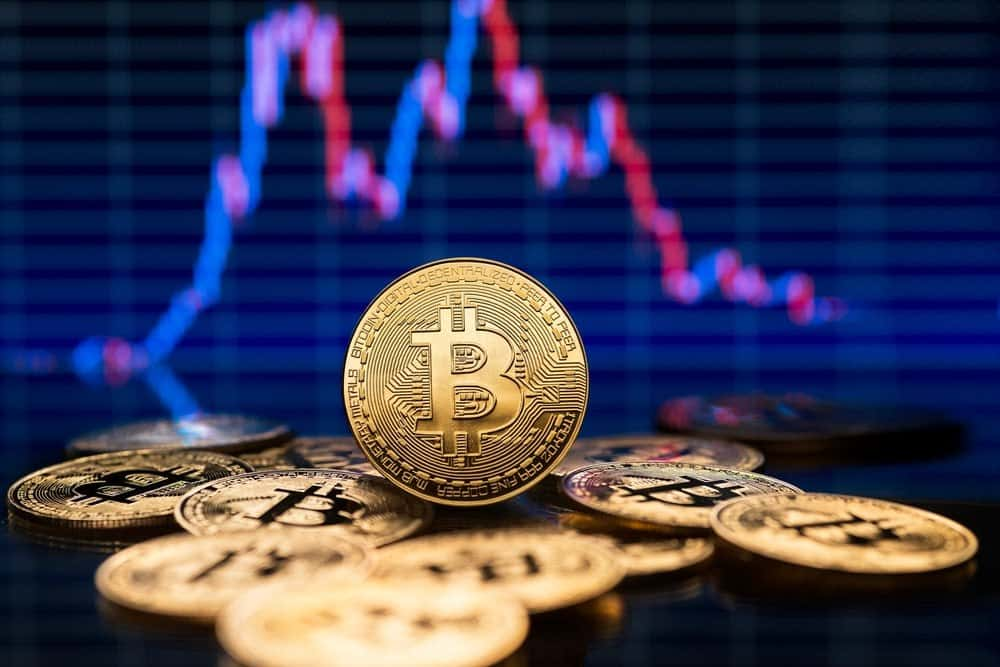A 10-year historical trend has shifted for Bitcoin (BTC) exchange reserves. In the last three years, investors have been making more Bitcoin withdrawals than deposits on cryptocurrency exchanges.
It is important to understand that BTC deposited on an exchange could become selling pressure at any time. This speculative supply offers an imminent sell-off threat that could negatively affect Bitcoin’s price action by neutralizing an incoming speculative demand.
Moreover, when holders deposit their coins into an exchange, it is usually interpreted as an intention to sell. On the other hand, withdrawing to a self-custody Bitcoin wallet signals the opposite: An intention to “HODL.”
Notably, from 2013 to 2020 Bitcoin exchange reserves have consistently grown, with investors and miners increasingly depositing BTC to trade or sell. However, a chart retrieved from CryptoQuant Pro shows the trend shift that has happened since the end of 2020.

How many Bitcoins are in exchange reserves?
As of writing, there are around 2.04 million BTC ($73.3 billion) in exchange reserves. This number still represents more than 10% of Bitcoin’s current circulating supply, which is a high-weight speculative supply.
Nevertheless, it also means that Bitcoin exchange reserves shed 32% since their highs of around 3 million BTC held by exchanges in 2020.
Even with one of the historically highest speculative supply amounts, BTC was able to reach its all-time high price in 2021 due to a significantly higher speculative demand for the leading cryptocurrency.
Interestingly, the lower the amount of Bitcoin held in exchange reserves, the lower the needed demand to trigger a bull market similar to two years ago. Additionally, it also means a reduced risk exposure for custodial catastrophes like what happened with FTX in 2022.
Disclaimer: The content on this site should not be considered investment advice. Investing is speculative. When investing, your capital is at risk.









